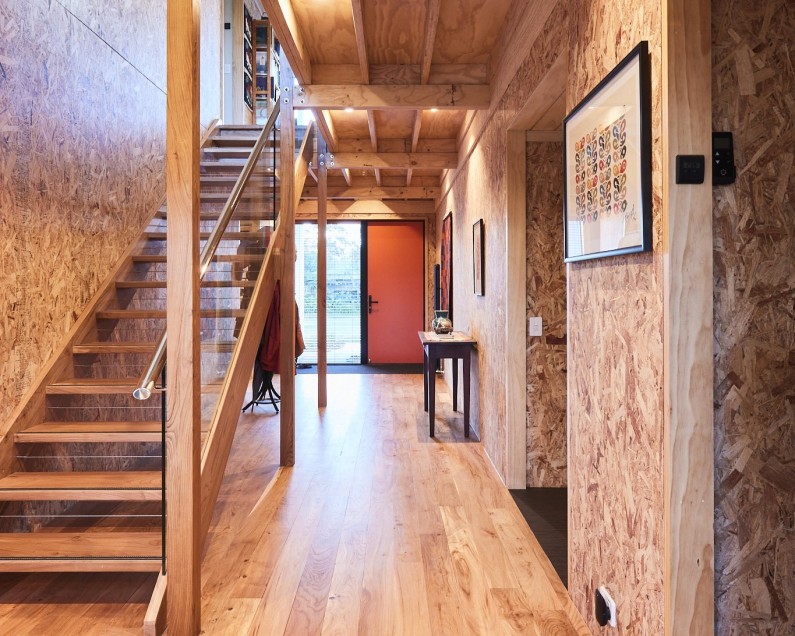Can you do internal walls with SIPs?

Something we often get asked here at Formance is ‘Should I do my internal walls with SIPs?’. This article explores the pros and cons of this approach and what you should do for your upcoming project.
Reasons you don’t need SIPs for Internal Walls
Although there are some benefits to using SIPs for internal walls, the most projects use timber framing for the following reasons;
- Internal walls are inside the insulation envelope. With your external SIP walls and roof providing a highly airtight, insulated envelope, having insulation in the internal walls isn’t necessary and doesn’t have any advantage. Sometimes, this can actually be a problem if it restricts the flow of temperature to other rooms and can be tricky for the ventilation system to manage.
- It’s easier to run services in internal walls. Using conventional framing as internal walls allows for more flexibility with services like electrical as you don’t have to pre-plan the locations of such services. With SIPs, we recommend you keep your services to the internal walls as much as you can, and if you need to put them on the external walls, run them either within the panel or in a cavity on the inside. Refer to our guide on this here.
- Timber framed walls are slightly thinner, so save a little floor space. Although our thinnest panel (115mm) is only 22mm thicker than a typical 90mm internal wall, over an entire home this can add up to a bit of space, so keeping the internal wall thickness to a minimum is important for some projects, especially on designs where space is a constraint.
Advantages of Using SIPs for Internal Walls
However, we do some projects with internal walls as SIPs, and there certainly are some advantages of this approach.
- SIP walls are extremely durable surface. The OSB facing on both sides of our panels makes for a very tough interior surface that helps lower maintenance costs and means that breaking of a plasterboard lining is a thing of the past.
- Including SIPs for internal walls means you’re only dealing with one supplier. Using Formance as your sole supplier for all the walls on your project is a great way of streamlining the supply chain and co-ordinates the design and manufacture of what would typically be two different suppliers.
- Using SIP internal walls keeps the look consistent. If you’re exposing the panels on a Formance project, using SIPs as the internal walls keeps the finish consistent between surfaces and means you don’t have to switch internal linings throughout the wall section.
Conclusion
In conclusion, while timber framing is often preferred for internal walls due to its flexibility, ease of service installation, and space-saving benefits, Structural Insulated Panels (SIPs) offer significant advantages in terms of durability, streamlined supply chains, and a consistent interior finish. Choosing the right method depends on your specific project needs and goals. At Formance, we're here to help you make the best decision for your construction project, ensuring optimal performance and aesthetics.






